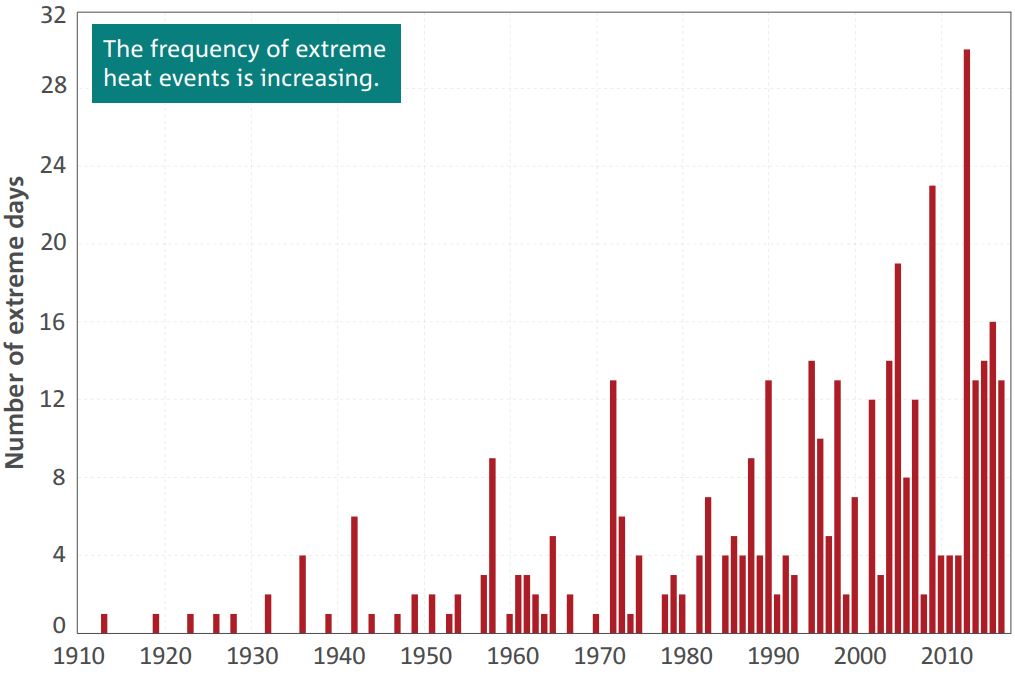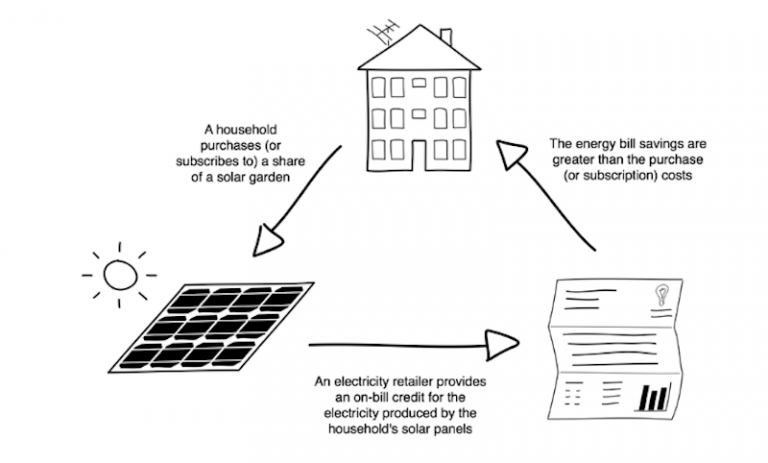One Step Off the Grid
Australia could see the development of its first “solar gardens” as early as 2019, after a major report found the shared solar model not only feasible, but able to knock hundreds of dollars off the annual cost of electricity for consumers previously locked out of the rooftop PV market.This may be a surprising fact to some, but heatwaves in Australia are more deadly than bushfires. For example, in the lead-up to Black Saturday in 2009, more Victorians were killed by exposure to extreme temperatures during the heatwave than in the actual fires.
Improving and properly resourcing our emergency services is always going to be important. But the poor quality of Melbourne’s housing is also a very urgent problem, especially for the elderly, the very young and the sick. Too many people are stuck in inefficient, poorly insulated homes that are unsafe during heatwaves or cost too much in energy bills to keep cool.
And with the latest IPCC report saying Melbourne could be experiencing 50-degree days within a few decades, there’s no time to lose in making our homes climate resilient.

Unfortunately, if you’re a pensioner on a fixed income, a renter, or you live in an apartment, there’s often not much you can do about the big things like insulation, window shading, efficient heat-pump cooling or solar panels. That’s why we need to look beyond the actions of individuals.
So here’s five things the Victorian government should do to keep all our homes cool (and save energy).
1. Set strong efficiency standards for rental homes
Thanks to the One Million Homes Alliance, of which Environment Victoria was a member, the Victorian government passed new laws in late 2018 which allow them to set minimum standards for rental homes. Now they need to use that power and put in place strong standards, including basic efficiency measures such as insulation, draught-sealing and window shading.
2. Broaden Solar Homes to make homes more efficient as well
Over the next 10 years the Victorian government’s Solar Homes program will put solar panels on 650,000 homes. We can make sure none of that new clean energy is wasted by broadening the scheme to include efficiency upgrades like insulation and window-shading.
3. Make older apartments efficient and safe in summer
The Victorian government has recently set higher efficiency standards for new apartments. Now it’s time to improve our older apartments.
A starting point would be to require owners corporations to upgrade the efficiency of common areas to reduce energy waste and ensure residents have somewhere cool to go on hot days. Owners corporations are already required to retain funds for significant repairs, so a precedent for such investment already exists.
4. Raise standards for new buildings
More than half of the buildings standing in 2050 will have been built after 2019. And by then, Melbourne is likely to be experiencing 50-degree days. So it is critical that we build homes that are capable of providing safe and affordable shelter in extreme heat.
Victoria’s existing 6-star efficiency requirements are incredibly outdated, and allow house designs that behave like ovens in summer! Building to higher standards – at least 7 to 7.5 stars – is economically feasible now. In fact, delaying higher standards by just three years would cost more than $1 billion in unnecessary energy bills and create 3 million tonnes of additional greenhouse pollution to 2050. So let’s raise the standards as soon as possible.
5. Get behind solar for renters and apartment residents
People who rent or live in an apartment are largely missing out on the chance to cut their emissions and energy bills. The new Solar Homes program includes $82 million for solar panels on 50,000 rental homes, which is a great start.
An additional solution is to support ‘solar gardens’ – shared solar systems that allow people to buy shares of clean energy and then have the solar power credited to their bill. Government could also follow Queensland’s lead in trialling innovative models that allow landlords and tenants to split the benefits of rooftop solar.
